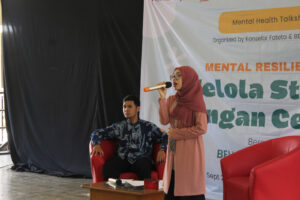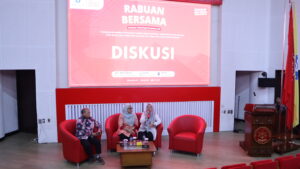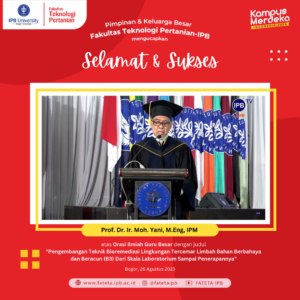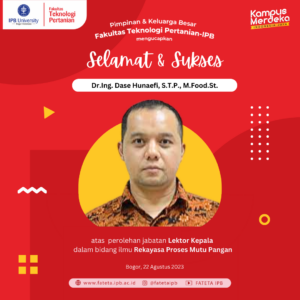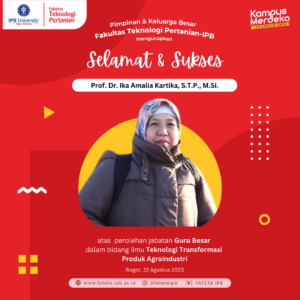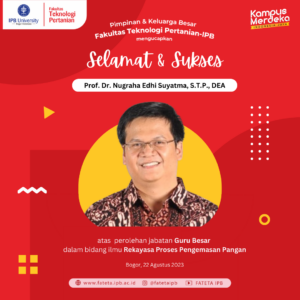Thanks to a technology developed by Indonesian scientists at the IPB University, routinely updated satellite imaging data can now help oil palm growers to accurately diagnose and dose the fertilizer needed by their crop and therefore gain savings in time and costs.
The system, the Precision Agriculture Platform for Oil Palm or in short, Precipalm, was jointly devised by a team of scientists of the IPB faculty of agriculture engineering and technology and from state-owned fertilizer company PT Pupuk Kalimantan Timur (PKT). It is able to provide accurate information on the spread of nutrients in a particular palm oil plantation area.
The information allows determining the amount and type of fertilizers needed, although for the time it only deals with nutrients such as Nitrogen, phosphor, Potassium, and Magnesium.
The application is supported by imaging data from the Sentinel 2 satellite released by the European Space Agency (ESA). The satellite is able to capture images with a resolution of 10 meters by 10 meter using sensors in 12 bands. The data are used to estimate the nutrient content in the soil at a particular palm oil plantation so as to enable the formulation of a precise fertilizer recommendation.
Because of the nature of the satellite imaging data, the recommendation can be different for different parts of a plantation, as they are prepared taking local soil characteristics into consideration.
“We can actually make use of the development in Information Technology based on remote sensing,” said Kudang Boro Seminar, Dean of the Faculty of Agriculture Engineering and Technology at the IPB University, a key figure behind the high-accuracy software.
Kudang, speaking during a recent interview with The Palm Scribe, said that under the conventional system, growers had to take samples of leaves and soil and have them analyzed in a laboratory to get recommendation for fertilizers but the process needed time (depending on the distance to the laboratory and the length of the queue) and the cost of analyzing one single sample is already quite costly too. The accuracy and reliability of each laboratory also differed and thus needed serious consideration too.
Precipalm allows a relatively quick and real-time soil nutrient measurements and fertilizer recommendation that is also transparent and can be done any time in line with the needs of users, without having to gather samples and thus save time and costs.
PKT which is Indonesia’s top Urea fertilizer producer and also produces a variety of other fertilizers such as ammonia and NPK is currently already able to provide custom-made fertilizer with composition and dosage matching the Precipalm recommendations.
Kudang said that the technology is currently still at the research stage and commercialization would not begin before the completion of comparative tests currently conducted by three state-owned plantation companies, PTPN VII in Lampung, PTPN II in North Sumatra and PTPN V in Riau.
The tests, which will last for two years, involve the planting of Demo plots, one fertilized using the Precipalm recommendation and the other using the usual fertilizing methods of the company. Comparing the results in the two plots would allow seeing the differences and the gains of using Precipalm, especially in terms of fertilizer amount and crop productivity.
“So far, what the demo plots have shown is that the recommendation with Precipalm can reduce the costs of fertilizers by between seven and 15 percent compared to when following the recommendations of the state companies. So, even if productivity is the same, we are already making a profit. What more if later, it is determined that productivity is also higher,” Kudang said. Such savings are important given that fertilizer costs take about 40 to 60 percent of total costs in an oil palm plantation.
“The system also allows for better fertilizing transparency, as the spread of nutrient can be displayed and progress in fertilizing can be monitored at any time, without the need to go through a laboratory,” Kudang said, adding that the possibility of continuous monitoring of a plot would be able to show were fertilizers had not been or not been properly dispensed. Precipalm, he said, can provide continuous monitoring of a treated area and thus also show whether improvements were made or needed.
Kudang said that that accuracy level of the application was above 91 percent for nitrogen content estimation while for potassium and phosphor the rate was at above 82 percent. For magnesium, which had only begun to be monitored recently, the accuracy level was already around 71 percent. The accuracy of the system continues to be improved in collaboration with state-owned plantation PTPN III, V, VI, and VII; private company Bima Palma and PKT.
“According to us, this is the first such technology in the world and we will continue to improve this technology,” he said.
Improvements included the use of drones to obtain remote sensing pictures when areas are obscured by clouds, making an accurate interpretation of satellite imaging difficult, the production of fertilizer mixer that could produce the precise mixture of fertilizer components. This could eliminate the weakness posed by the applicants of the fertilizers, usually women of low education, who are responsible for accurately fertilizing areas, sometimes really large, depending on the needs of the plants.
Another improvement currently being prepared is to address oil palm plantations in peat soil. The current version is specifically for oil palm plantations in mineral soils.
“What is great with this technology, is that is practical, effective and transparent, being able to be monitored anytime,” he said.
Sumber: https://thepalmscribe.id/satellite-images-help-accurate-fertilization-on-oil-palm-plantations/

